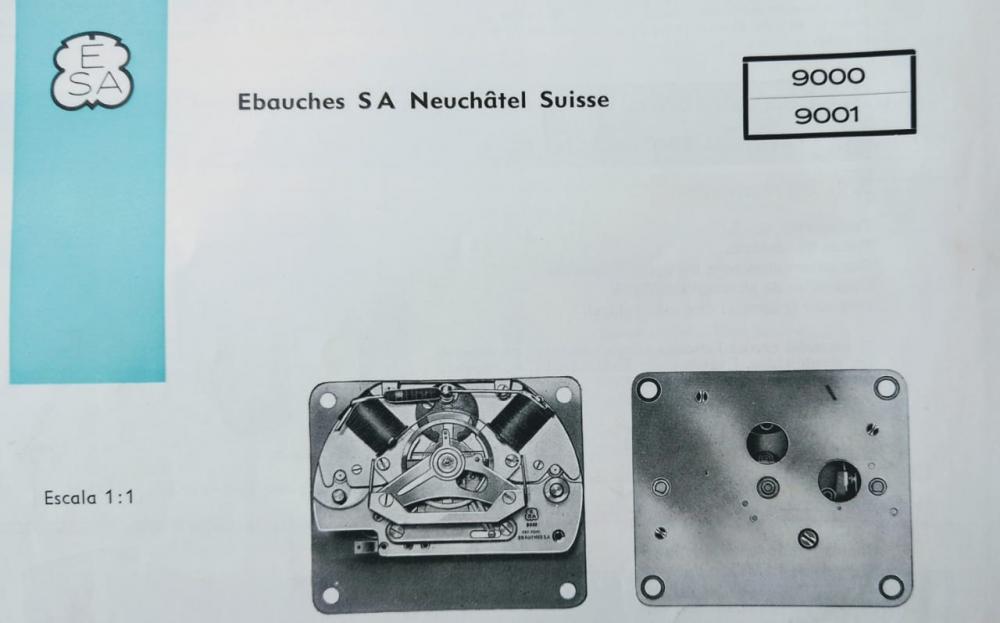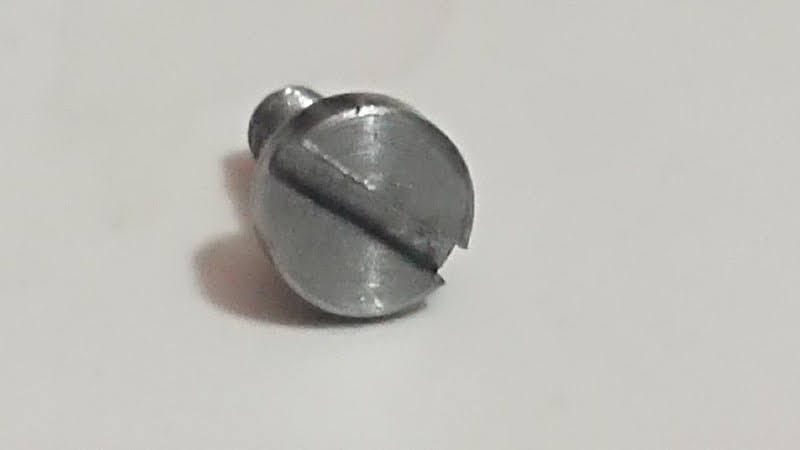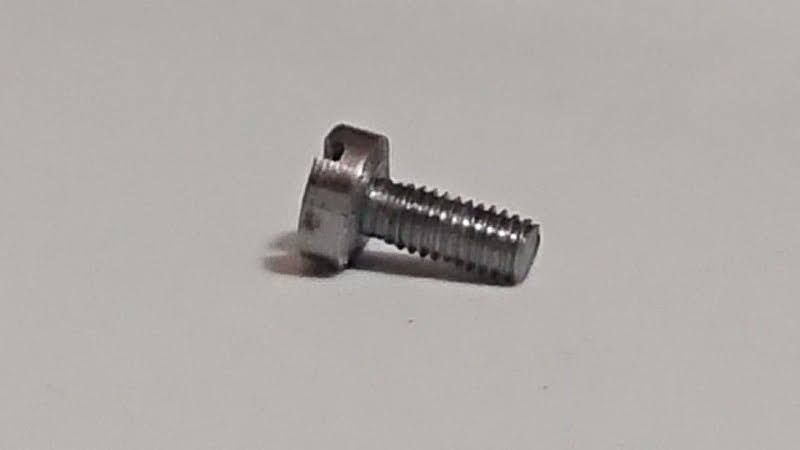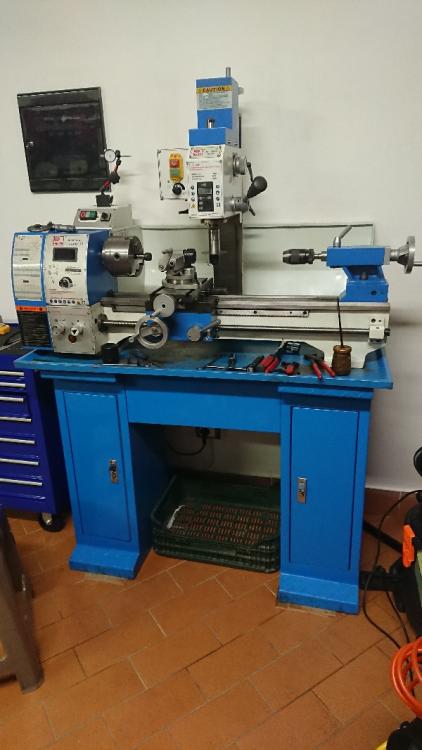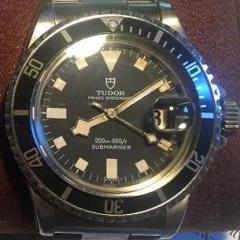Leaderboard
Popular Content
Showing content with the highest reputation on 02/17/21 in Posts
-
These have been passed to me by a distinguished forum member that is too busy to post at the moment - he's working on a mov. t so small that all its sizes are actually negative numbers. I have a couple. Both work, the second one seems to be more forgiving in use. They both contain: silver nitrate, cream of tartar (potassium bitartrate), and regular salt, and the second one has a little alum (potassium alum). The combinations are by weight. 1st formula: 1 part silver nitrate 2 parts cream of tartar 2 parts salt 2nd: 1 part silver nitrate 8 parts cream of tartar 8 parts salt 2 parts alum As you can see the first one has a far heavier concentration of silver; in my experience the silver deposits very quickly and builds up thick areas before an even colored coating is achieved. At a certain point it just starts to flake off. The second one takes a bit more time to apply, but seems to really get a better, more even covering, which has proven to be quite durable. The mixtures are made and stored dry. I grind up the salt in a mortar to get it as fine as possible. To apply, you make a paste with water (doesn't seem to matter if it's tap or distilled, but chemically it probably does a little bit), and then just rub it around on the brass until you have a nice even coat. Rinse off, then rub all over with wet cream of tartar, rinse, dry, then lacquer. I've seen probably half a dozen other mixtures, some using silver chloride (which actually gets made here with the salt if I'm not mistaken), some just with varying proportions. So it's not terribly fussy.2 points
-
I wouldn't touch anything until I was sure it was working toward a solution. It could be that the guard pin is rubbing in that position, but why? Did it get bent, or is something else causing it to rub? It plays an important role in the safety action of the escapement, maybe bending it fixes your pendant down issue, but then the escapement unlocks when it shouldn't in other positions. For sure vertical guard pins are very sensitive. One thing they are renowned for is wedging against the roller table when they have too much freedom. So do you move it closer, or further away? Just randomly trying things is like praying for abundance- you might get an abundance of mosquitoes!2 points
-
For full plate watches you really need an escapement matching tool. This is sort of a movement holder and depthing tool in one; there are 3 (sometimes only 2 but 3 is best) arms that carry runners that can be accurately aligned with the balance, escape wheel and pallet fork pivot locations. The plate is put in place (well, upper plate), then the components with one end supported by a runner. You can then check the escapement functions in full view.2 points
-
Almost any lathe (and/or milling machine)can be set up to index any number of divisions desired, and in the case of a lathe, a live spindle (milling attachment) can be fitted to the slide to hold a cutter for making gears. Most watchmaker lathe manufacturers offered indexing equipment and milling attachments for the slides. Schaublin offers a number of indexing arrangements and milling attachments. There are a fair few published mods for getting a Myford to index comfortably and for adapting a live spindle to the slide. For gear cutting or really any milling operation a watchmaker's lathe quickly shows its limitations. Most simply aren't rigid enough to do a good job, and also things get quite cramped when you have all the gear set up on the little lathe. I personally use a small milling machine for gear cutting; the machine weighs a couple hundred kgs, and it's very comfortable to use making pinions with 6 leaves and a diameter of 0.50mm. Likewise a larger lathe like a 102 or Schaublin 70 or Myford has enough mass and space that it's much nicer than on a small watchmaker's lathe. You might have run across some videos of Steffen Pahlow. He does do pretty much everything on a "watchmaker's lathe" but he has a Lorch KD50, which is overall much more massive and convenient than the average 50mm center height machine. Also, rare, and expensive haha. If you want to make anything much larger than about 6mm in diameter it's far nicer to do on a larger machine. The Myford is also screwcutting, so you can do all kinds of things that would only be possible with awkward and rare attachments for the smaller machines. You wouldn't want to make a balance staff on the Myford (though it's technically possible), and you wouldn't want to cut a piece of 20mm diameter steel in a watchmaker lathe.2 points
-
#4 is a mainspring winder. Dave's Watch Parts is/was selling a very similar one recently, that's how I recognised it.2 points
-
There is an old thread here that shows a YouTube vid of how to remove the EtaChron stud from the stud support, which I think is a bad idea, as there is too much downwards pressure on the stud support when using tweezers. It can be done that way, but isn't ideal, especially when working on a clone movement where the stud support isn't as strong as an ETA movement. I put a lesson together for my class at https://efhc.org.uk/wordpress/index.php/centre-facilities/ to show how to do it without risking damage to the stud support and how to save over £60 making your own tools to perform this task (That's another lesson on hardening & tempering, if anyone is interested) Here's the PowerPoint presentation. The video's within the presentation are marked in the top left hand corner of the slide 'Video' Enjoy... Lesson 7. EtaChron adjustment & regulation.pptx1 point
-
We have a topic like this on another forum that I am on. Thought it might be a good idea to start something like that on here. So I'll start. On Netflix. My Octopus Teacher. Daughter recommended it. Liz and I just watched it. Mesmerising.1 point
-
1 point
-
Unfortunately this statement is incorrect at least as far as Mark. In his video he conveniently does not show the preamp it's hiding. He's not looking for it so he doesn't see it but it's there if you go really carefully in the video you'll see it. Then it would be nice if you could show me where the posting by Jamez Is so I can see what it has.1 point
-
I haven't looked at the pictures the Chinese microphone in a while but I do remember it was mounted in the center. If you look at a witschi microphone they are mounted in the center. Then on each end appears to be a small block of something soft. I assume that is so that if you drop the microphone the sensor doesn't pop off or break. They may even be there to limit the flex so don't also generate a voltage spike if you whack the thing but these are just guesses. I found a couple links for us the first one is interesting. I'm using the word interesting because it didn't exactly have what I was looking for at least in a simplistic way that I would like to have. The second link is better. We know from the first link that impact or compression of some crystalline materials will produce a voltage. The problem is were trying to pick up something that's not generating very much of a vibration. So what you really want to do is flex your crystalline structure which will generate the compression and the voltage. But as a reminder I'm not a specialist in this field I'm making a wild guess. If you want to get maximum flexibility or flex of your crystal mounting In a cantilever or mounting it on one corner would allow that to occur. Such as in the image which I snipped out where the crystal is mounted on one corner only. We know from the interesting wording of the instructions for the green sensor that it would ideally like to be mounted on one end if you would like the maximum signal. It probably would still work if you glued it flat providing they signal was large enough which it's not going to be in our application. It would be nice for experiment if you would glue a new sensor on sticking it out. Unfortunately you're not going to remove the current sensor because they really don't like that kind of flexing they will break. So perhaps gluing another sensor on the work fine it gives you the option of comparing. It would be nice if you would reposition your sensor and see if you get a better signal. Unfortunately any attempted removing it will break it. You probably just leave that sensor in place glue a new sensor on an move the wires around. I suspect you're going to get a much better signal out of it. https://en.wikipedia.org/wiki/Piezoelectricity https://en.wikipedia.org/wiki/Bimorph1 point
-
Yes, that might be the case, however it is always nice to do the experiment and see what happens. It could turn out that it would actually give you a better result. You wont know if you dont try. The reason why i want to go for the bimorph element is because both Mark and Jamez reported that they don't use a pre-amp. As far as understand piezo always require a pre-amp and I am trying to avoid that.1 point
-
Hi @guidovelasquez, if our assumption is correct, then your way of using the bimorph is incorrect. You glued down two third of the bimorph. This is not a criticism not even sure if this is wrong, just trying to figure out how to use it correctly. From the wiki page John posted: "A cantilever is a rigid structural element that extends horizontally and is supported at only one end." Best regards, Lui1 point
-
I like your name by the way:) I have done this before where the top of the palate fork was rubbing against the bottom of the roller table. I have also observed the action in my microscope. Will try that out... Again thanks all.1 point
-
I would recommend contacting Dave Coatsworth at Dave's Watch Parts. He has a huge selection of balance staffs and significant expertise as well. He has steered me the right way a couple times in the past when I was unsure about the correct staff. Elgin really was not aiming to "keep it simple" with their parts program, that's for sure.1 point
-
Looking at the technical specifications you get two things the word cantilever which I have a Wikipedia link below. I basically think of a diving board type mounting the sensor has to stick out so it can vibrate. Then the wording of the mounting is interesting @ 5 mm clamp from end cantilever action. So I think there's saying you can mount it anywhere within the first 5 mm from the leads to get a nice diving board affect. https://en.wikipedia.org/wiki/Cantilever1 point
-
Good job @luiazazrambo you have done your homework. I see that you have thoroughly read the blog. I will try to explain as best I can. The bimorph sensor is a piezo electric and is not sensitive to humidity, not to the degree of the old salt-based crystals used by the timegraphers of the 40s 50s 60s 70s. But from my experience, they are not that sensitive. The glue: It can be a good quality epoxy resin. The idea is that it solidifies very well, as it is the passage of vibratory waves towards the crystal. About the coils. Some stands for examining watches, (not the case of yours) had a switch to leave the vibration sensor and use a magnetic sensor. Some watches, very few in the 1970s, used a magnetic balance. For this type of watches the magnetic sensor was needed. About the bimorph sensor, Stefan sent some to Ryder in California. And Ryder shared one with me here in Guatemala for testing. It is not as sensitive as we expected. But what I can tell you is that what you should do with your microphone stand is to place a piezoelectric disc and it will work wonderfully for you.1 point
-
Hello I'm new to watch repair and really have just got started. I would like to be able to repair watch crystals, bracelets and eventually be able to tear down and clean and lube automatic watches. I look forward to this new hobby.1 point
-
Agreed. I have worked on many of these, and when the watch fully stops when the balance wheel is directly above or below that pallet, the issues you've heard are almost always the reason.1 point
-
I concur with Repivot, excessive staff side shake so some parts rub, espsecially the guard pin- table. Good luck.1 point
-
Based on the position of the stem to the pallet, pendant down would place the balance above the pallet. My guess would be to check the interaction of the fork and guard pin with the roller table and jewel. There could be enough play in the pivots that the guard pin is touching the roller table, but only in that position. Or that the jewel doesnt have sufficient corner clearance to enter the fork, again only in that position.1 point
-
Closure at last ! I have received the 963.114 movement and transplanted just the circuit board and coil into my watch, keeping it's original rotor. And all is well. The watch no longer gains when warm or shows the jumping/fast second hand issue. Many thanks to everyone who helped me sort this out. Regards, Kim.1 point
-
I have a 6139-6002 with 6139B movement with the same case I think. I attach a few pics showing the crown, the spring, and the refurbished case and original bracelet which may help. I did the circular finish to the case top by polishing the case then masking off the bezel and polished areas. I then used a large rubber washer on a shaped block (the surface is slightly domed) then glued so wet and dry paper (can't remember grit size) to the washer/block. I then used this by applying to surface and rotating the washer/block by hand. I had to replace the plastic day finger (damaged), the intermediate date wheel (damaged) and the main spring (bridle was detached, 6139B not available so used 6139A which seems to work fine). I also replaced crystal as broke it when trying to polish out scratches (dropped it on stone floor!!), could not find OEM so used sternkraus special equivalent. Service of movement was straightforward (I have some pics if you get stuck) but special attention is needed when refitting the centre second/chrono hand as it fits very tightly on a square pin and the lower jewel needs to be supported.1 point
-
Hello Kallie and welcome to the forum.. An interesting clock but no sighn of an insex plate with manufactures name etc, it should stipulate the voltage. Is it a UK plug or continental.1 point
-
You will find this interesting on the dead beat. For you it's best to look on the net because there is so much out there about clock escapements, far more than what we can tell you. https://demonstrations.wolfram.com/TheGrahamClockEscapement/1 point
-
Watchmaker's lathes are always quite small. They will have a center height between 40 and 70 millimeters, with most being around 50. They will take collets in the headstock, most commonly some variant of an 8mm collet (that's the body diameter). They are particularly well suited to hand turning, where you hold the cutting tool in your hand and use a tool rest, the T rest, to support it as you guide it. They can also be used with slide rests like more conventional lathes. They are generally capable of fairly high speeds, though despite what many believe you don't need much more than a couple thousand rpm. The spindles run very true and round. They are overall exceptionally well suited to making very small parts. The Myford you mention is a great lathe, and is favored by many clockmakers as well as watchmakers who tend to "make" more things. Having both would be the best of both worlds. I have a Schaublin 102, which is 102 center height, taking 20mm collets. When something is too small to be comfortable on it I use my watchmaker lathe. When something is too big for the watchmaker lathe, it goes in the 102.1 point
-
1 point
-
It’s always a pleasure to work on these movements. Good hard brass and steel, this is the rack striking type and an 8 day movement.1 point
-
The concern I have with Chinese lathes are or anything from the Chinese is the quality? I've seen stuff they've made of very high quality and other stuff not made of high quality and sometimes it's hard to tell in you cannot always tell from the picture. Sometimes you buy something based on a review and at the time you get yours the difference is quite a bit. But there is a lot of potential there Then I forgot up above but I'm familiar with the vector lathe. We have one that came in the box purchased secondhand from a school that went out of business. It actually is a really nice Lathe I just wouldn't recommend it for gear cutting. for gear cutting you really want something bigger and heavier even when cutting Watch gears. It's usually assumed that cutting tiny parts requires tiny cutting tools may be the cutters are tiny but ideally the machine should be bigger and heavier. Then it's always nice to get away from indexing plates and go to a worm gear with A stepping motor it really opens up a lot of possibilities.1 point
-
It's an M3, to make practice for a comparable, but non-standard size and pitch one that I need for an antique clock restoration. Slowly getting there and then I will tell its full story. This is what I've used, nothing to do with watch or clockmaking, but for various reasons it was the best purchase for me at this time.1 point
-
I'm over 60 now and have been exposed to all kind of toxic chemicals and other substances in my working life in everything from machine shops to autobody work and even a full time spray painter and still get exposed even though I'm kind of retired now. I still do a lot of woodworking so I'm constantly exposed to wood dust (I'm a cabinet maker now) which is quite dangerous itself. I wouldn't worry too much about the minute amounts of toxicity in a watch unless you have some kind of plans to eat one with your ice cream or some other extraordinarily silly idea..1 point
-
I think that static beat needs to be precise, as well as a good poise of the balance wheel. Of course jewels and pivots in first rate condition, end shake etc. Then move into this chart, based on the performance you are seeing. A good take-away for me, is to adjust (on a wrist watch) for best performance (lowest average deviation) with pendant down and dial up. So, I concentrate my efforts in that direction, and unless there is a massive deviation in another position, let them fall where they may.1 point
-
Hi friends, I have a 1970's Slava Soviet made watch my uncle gifted me when I was 9... I have kept it in mint condition all these years and for some reason I decided to have it serviced. I took it to a watch repair shop (had 5 stars) spoke with the employee and specifically asked to have the watch back in the same or better condition, when I got it back 6 weeks later I noticed they had scratched and damaged the bezel and changed the spring (even through I asked to call me incase any part needs to be replaced) Now I need to replace the bezel so thats its not chewed up, the factory does not make parts for it and I am distraught as it was in perfect shape and it took someone else to ruin the watch. I only blame myself but it hurts ? Please help me find the bezel and get it back to its former self as much as possible.0 points



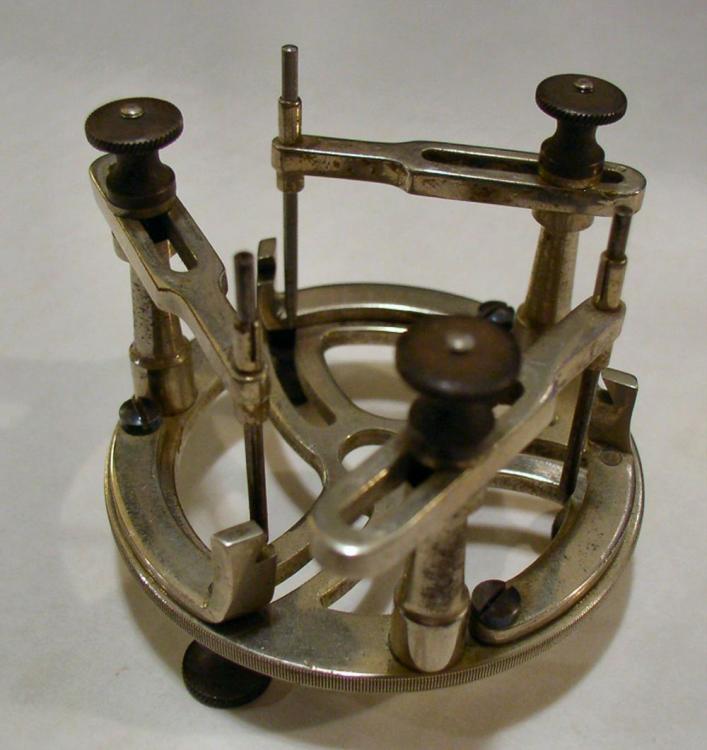
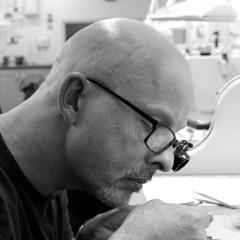

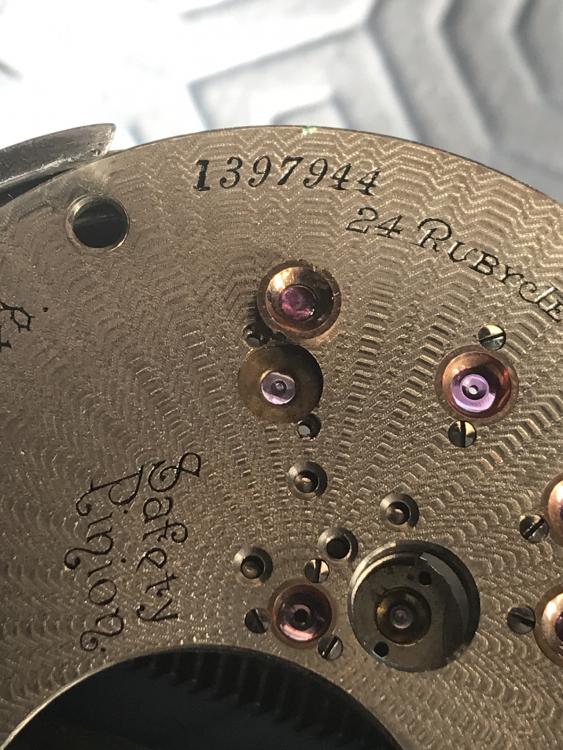
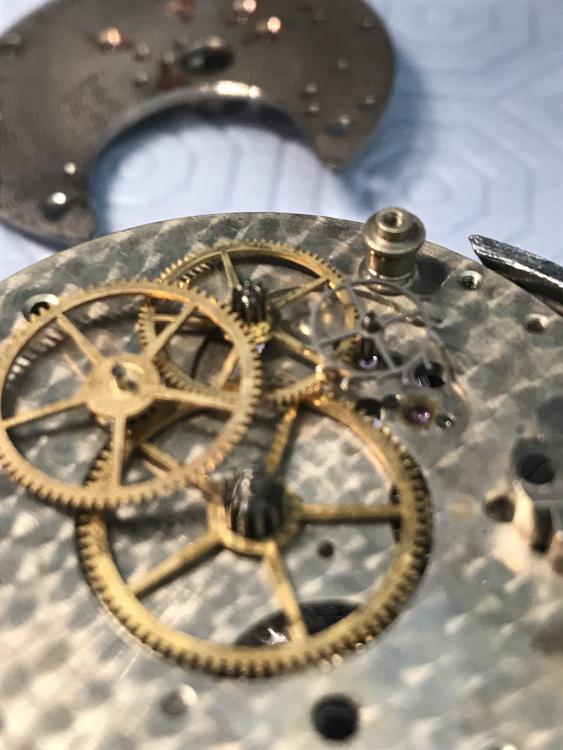
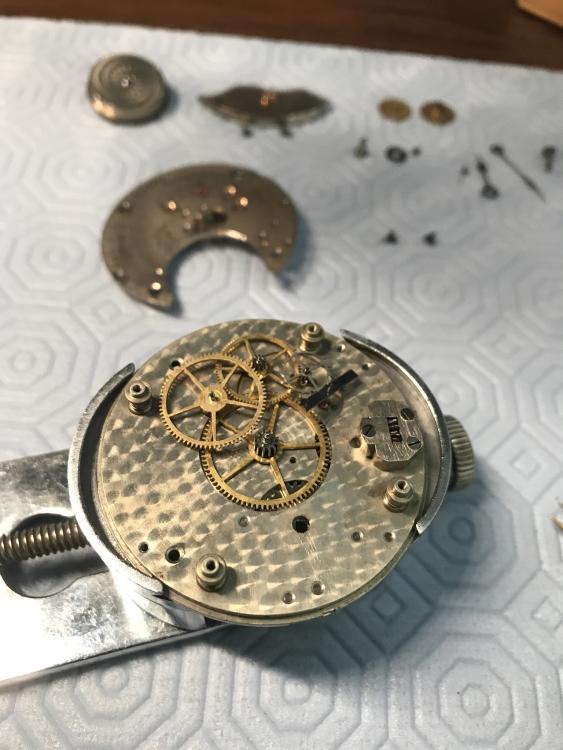
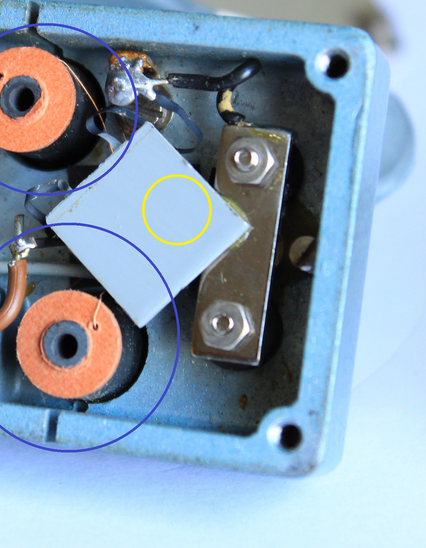
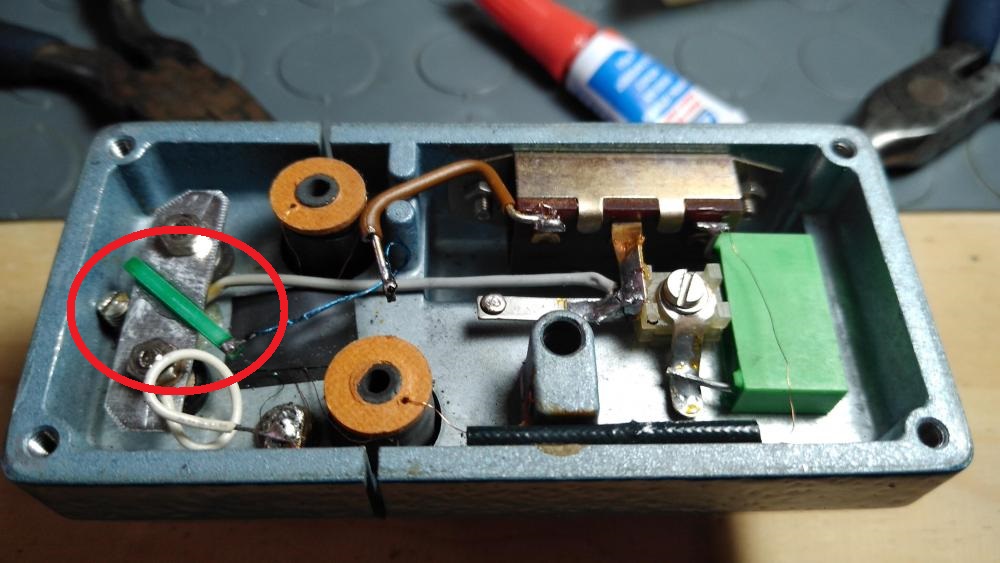
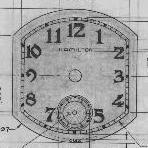

.thumb.jpg.dcc2314b224729ccca110fcf6ab8992a.jpg)
